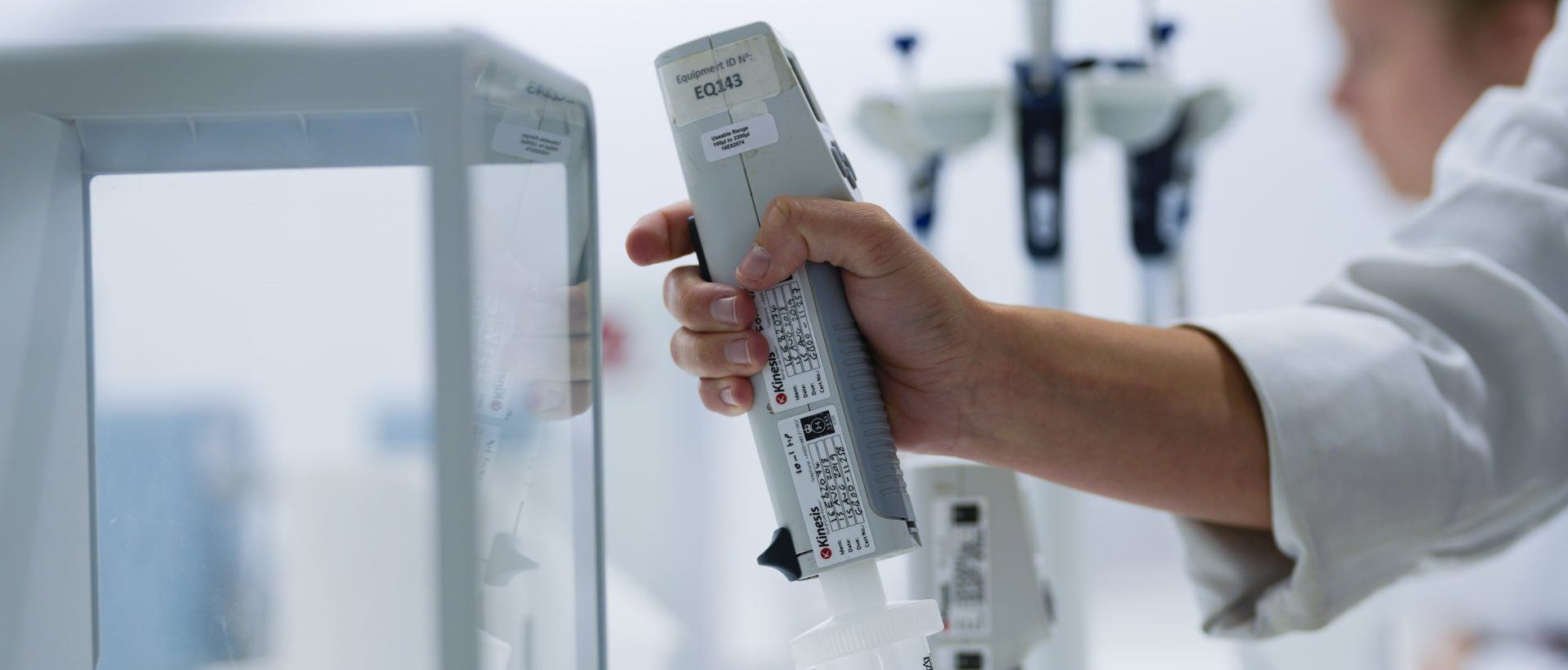Lextox provide hair drug and alcohol testing to help establish an historic profile of drug and alcohol use over a chosen timeframe. Hair testing is well established in the UK court system and is an acceptable legally defensible stand-alone test. It is not a requirement to undertake alternative testing in conjunction with hair testing. However, an alternative option for drug and alcohol analysis is to use nails. This post will clarify the differences between both methods and explain why Lextox currently only offer hair testing.
Hair and Nail Testing: An Explanation
When a substance (for example, drugs or alcohol) enters the body, it is transported via the blood stream and incorporated into the hair follicle. As the hair grows, it incorporates trace amounts of the substance in the hair shaft which Lextox analyse. Our experts analyse these hair samples to detect trace amounts of substances and their metabolites to provide an expert interpretation of the levels detected and in what month the drug use occurred or did not occur. It is possible to do this as hair grows at an average rate of 1cm per month as per guidance from the Society of Hair Testing. Therefore, approximate time periods can be attributed to the results obtained from scalp hair samples.
Nail testing can be used in instances when a donor has limited hair and is more widely used in criminal as opposed to family matters. The analysis works by testing substances which have transported through the blood vessels below the nail into the keratin fibres. The exact time period during which drug or alcohol ingestion has taken place varies greatly due to the way in which nails grow. Therefore an accurate time period cannot be associated with results obtained from nail analysis.
Why Lextox Offers Hair Analysis
Hair analysis is stated as the only method for assessing alcohol and drug use of an individual in the Society of Hair Testing’s consensus. There is currently no independent society, similar to the Society of Hair Testing, which has agreed on a consensus for the analysis of nail clippings and the interpretation of the results.
There is very little scientific published data on the use of nail clippings to confidently interpret the analysis results. The analysis would only state a detected or not detected result with a concentration value. In addition a time period cannot be established. The use of hair testing would provide both the level of drugs/alcohol detected in the hair, as well as a time period.
Lextox understand the importance of scientific evidence and accuracy in our clients’ cases and so we always endeavour to offer services of the highest possible standard. We are currently in the process of researching the detection of drugs, metabolites and alcohol markers in nail clippings to be able to provide this service in the future should we feel confident of the testing validity.
Lextox’s Alternatives to Hair Testing
Lextox are aware that there may be instances when scalp hair testing is not a viable option and so we provide a variety of different testing options for drugs and alcohol outside of hair analysis. These include –
Body Hair Analysis
The detection of drugs and alcohol markers can be undertaken on a body hair sample. An approximate maximum time period can be calculated based on the length of the sample and the type (i.e. where on the body it is collected).
Blood Testing
Blood alcohol testing is useful in providing a more recent indication of excessive alcohol use, and compliments the hair alcohol test which typically covers the past few months. We provide and recommend both liver function (LF) and carbohydrate deficient transferrin (CDT) blood testing, undertaken at a Clinical Pathology Accredited (CPA) laboratory. We recommend a combined analysis of these alcohol biomarkers to help provide clients with a better picture of alcohol use over time. Read more on our blood alcohol testing service here.
SCRAM Continuous Alcohol Testing
SCRAM Continuous Alcohol Testing is an innovative way of testing a participants’ alcohol consumption over a set period of time. The SCRAM bracelet allows for 24/7 alcohol testing through scientifically proven technology and is the first of its kind. The use of a SCRAM alcohol testing bracelet is to provide information of alcohol consumption subsequent to the bracelet being fitted. In comparison, a hair alcohol test is useful in showing a historic profile of an individual’s chronic excessive alcohol consumption over a period of months. More information on SCRAM Continuous Alcohol Testing can be found here.
To conclude, yes nail clippings can be used for drug and alcohol analysis. Should you decide to instruct for nail testing we advise that you do so with caution and be sure that you are aware of the current limitations of the results. In addition, it is worth bearing in mind that as an accurate timeframe may not be established for nail testing, combining this type of analysis with hair testing may mean that you are paying for double analysis covering the exact same timeframe.
If you wish to speak to one of our experts to discuss any queries or instructions please contact us on 029 2048 4141 or [email protected].
Published 22/06/18 – All information correct at time of publication

